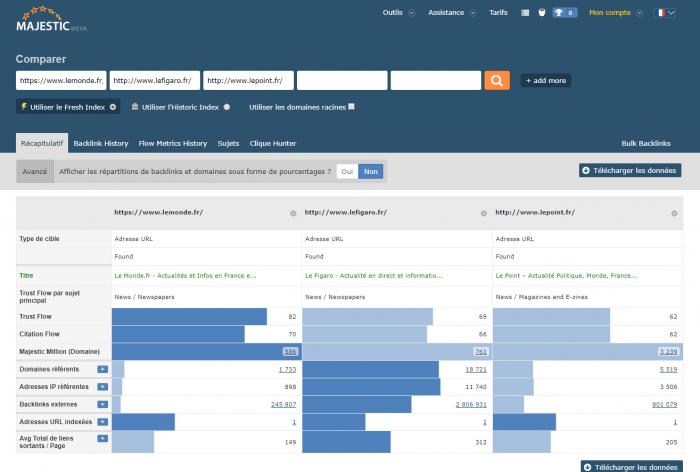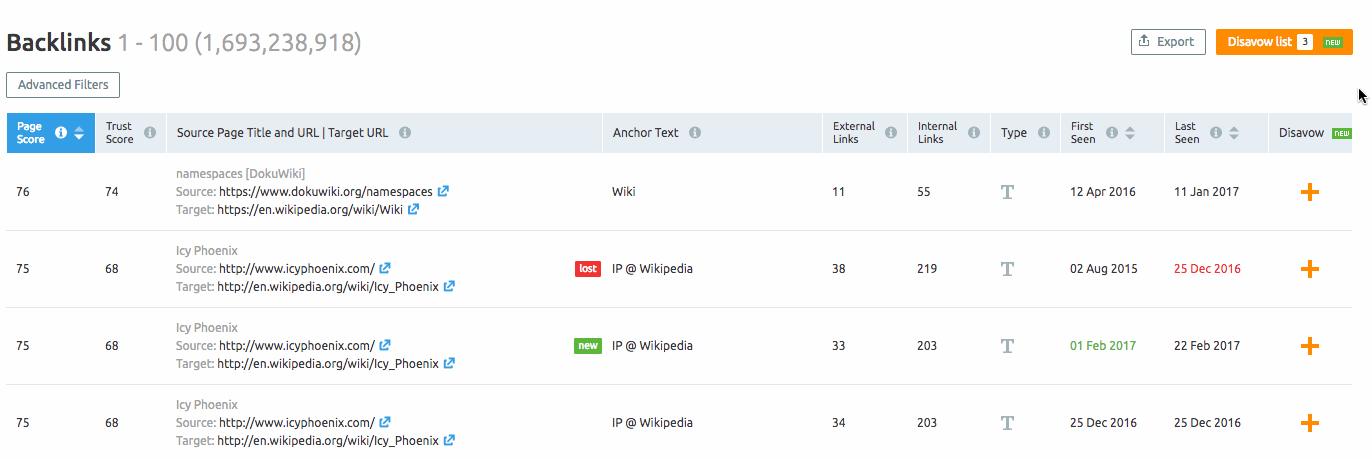
With the demand for ecommerce increasing exponentially, establishing your website's search engine presence should be a top priority. In fact, 75% search traffic comes from the first page of Google results. It is difficult to compete with huge sites. They are well-respected and have high rankings. SEO investments can help build authority and identify the best keywords to drive traffic and increase sales.
Keyword research
Although search engine optimization is possible for all types of websites, it is crucial for ecommerce sites as the revenue from online sales directly correlates to search volume. Additionally, search engines are often used by people to find the products or services they require. As such, if your ecommerce site ranks in the top ten positions for a relevant term, it will receive a constant stream of potential customers.
Image optimization
The optimization of images is one of the best SEO strategies for ecommerce websites. This can help your ecommerce site succeed and stay ahead of the competition. Failing to optimize your images can cost you valuable opportunities for increased traffic and sales. It's well worth the effort. These strategies can help optimize your images. Read on to discover more about this strategy. Below are some of the many benefits of optimizing images for ecommerce sites.

Usability
To improve an ecommerce site's usability, it is crucial to increase its search engine ranking. It is unlikely that visitors will stay on a site that is confusing or unorganized. A website that is easy to navigate and user-friendly will have a higher SEO score. Make it easy to find and navigate your site by using simple navigation and clean URLs. Also, include product reviews to boost ecommerce SEO and usability.
Site architecture
Some SEO strategies are essential to help you succeed in online commerce. This article will focus on five key strategies to increase your online store's visibility in search engines results. First, ensure that your content is relevant and uses the keywords your target audience uses. These are the steps to optimize conversion rates. These strategies are vital in making your website visible in search engines and attracting more customers.
Link building
Link building is an integral part of SEO strategies for ecommerce websites. Link building involves cultivating potential links. If you are searching for a link without Google, it is important to consider whether link A matches link B. A link that has link equity and can be linked to your ecommerce store is a "dofollow", meaning it can also be followed by search engine crawlers. Linking to your ecommerce website should not have the rel="sponsored" link designation because Google sees it as a paid advertisement.

FAQ
What is an SEO strategy?
Content is an essential component of any website. Search engines won't rank your site high enough if you don't include relevant and helpful information.
SEO campaigns help optimize your site by obtaining links back from other websites. This includes social media optimization. It involves using Twitter, Facebook and LinkedIn to drive traffic and increase brand awareness.
These will increase traffic to your website, and your SEO rankings. SEO campaigns are focused on building quality links back from your site to ensure that Google recognizes your website as valuable.
Why SEO strategy is essential?
The main goal of search engine optimization (SEO) is to increase traffic to your site by getting as many people as possible to find you when they use Google.
Search engines like Google, Yahoo! and Bing store information about websites on servers known as crawlers. These crawlers send the data back to the central database. This allows them search engines to index web sites.
More people will click your link and visit your website if your website is high up in the search results. These searches will not show you, so you won't get found.
It is important to rank high in search engines. This will ensure your site is noticed. There are two main methods to achieve this: paid advertising or natural organic links.
Paid Advertising: Paid advertising means that adverts are purchased from companies that pay-per-click to be displayed above other sites on search results. These ads could include banner ads and text ads as well as pop-ups and e-commerce widgets.
Natural Organic Links- These links are ones where you have developed a site that is excellent over time and has earned the trust of others in your industry. Blogs, guest blogging, commenting and linking are all ways to build links.
To stay ahead of the game, you must invest continually in both forms of marketing.
How often should I refresh my website?
There are many ways to update your website. One way to make your website more modern is using a CMS, also known as a Content Management System. You can edit every aspect of your website from this CMS without ever touching code.
Another way is to use a plugin that automatically updates your website. You can buy these plugins through WordPress stores or install them yourself.
WPtouch plugins and Yoast plugins are available for free. It is a good idea to try different methods to find the one that works for you.
How much does SEO cost?
SEO is a long-term investment so you won't see immediate returns. However, it's important to remember that the more people find your site, the more likely it is to rank higher in search engines.
Price of each service depends on many factors such as location, keyword competitiveness, audience size, competition and price.
How much does SEO cost?
SEO costs depend on the size and industry of your business, as well as your budget. For smaller businesses, it may be only a few hundred bucks per month. Larger companies will spend many thousands of dollars each month. If you're unsure how much SEO will cost, you can use our free SEO calculator to estimate what it will cost.
Statistics
- If two people in 10 clicks go to your site as a result, that is a 20% CTR. (semrush.com)
- Which led to a 70.43% boost in search engine traffic compared to the old version of the post: (backlinko.com)
- : You might have read about the time that I used The Content Relaunch to boost my organic traffic by 260.7%: (backlinko.com)
- A 62.60% organic traffic boost to that page: (backlinko.com)
- These guides are designed and coded 100% from scratch using WordPress. (backlinko.com)
External Links
How To
How do I set up my first blog?
It's simple! WordPress is a wonderful tool to help you create a blog. You can edit the appearance of your blog by creating themes, changing fonts, colors, or customizing it. They can also add plugins which allow them to alter certain aspects of their site based upon visitor activity.
There are many free templates available on wordpress.org, as well as premium templates that you can purchase. Premium templates have additional features, such as more pages, extra plugins and enhanced security.
Once you have downloaded your template, sign up for a free account at a hosting provider in order to upload your files and to run your blog. Although many hosts offer free accounts with limited space, there are restrictions on the number of domains that you can host, how many emails you may send, and how many websites you can upload.
If you decide to use more than one domain name, you'll also need to buy separate email addresses. Some hosts charge a monthly fee for this service.
You might be new to blogging and wonder why it is worth paying to have your blog hosted online. Many hosts offer unlimited storage space so that your files will not be deleted even if they are accidentally deleted.
Many hosts let you host multiple domains. That means that you can have different websites under the same hosting plan. This allows you to sign up for only one email account and manage all your sites via one interface.
Some hosts offer social media sharing buttons that allow visitors to quickly share their posts on the web.
Many hosting providers offer tools that allow you to manage your blog. You can view the performance stats of your website, see how many people visited each post, and compare your traffic with other blogs.
These tools can make managing your blog easier and faster, so they're worth checking out before you choose a hosting plan.
To sum up:
-
Choose a topic relevant to your business;
-
Create engaging content;
-
Optimize your site using SEO techniques;
-
Promote your site using social media channels;
-
Monitor your statistics regularly to make changes where necessary;
-
Keep your blog updated regularly, last but not least.
In short, create good content, promote it effectively, and track its success.